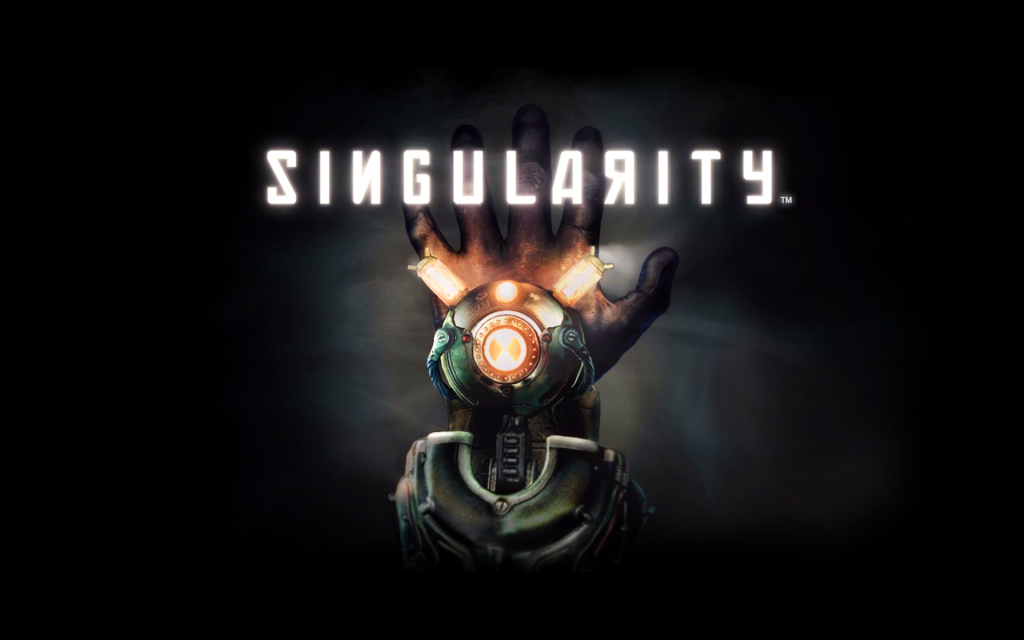This week I watched several videos that Friendred recomanded, which talk about composition, camera and editing in film productions.
From these videos we can see how film masters like David Fincher and Akira Kurosawa use their camera, composition and editing to tell a better story and build up a great connection between fim and audience. David Fincher is one of my favourate film directors who is good at using camera to trick audience’s eyes. He likes using motion tracking and micro camera tilt to capture detailed movements of characters to show their emotional statement. Such kind of camera shot can be found in most of his works like Se7en, Social Network and Gone Girl. This can be a quite strict shooting method because the cameraman needs to shoot the same scene for tens or hundreds of tapes to follow the motion of characters accurately. However, his works prove that this method is quite effective and powerful. As for 3D production, David’s shooting method can be represented in digital scenes in a more effcient way because we can adjust camera tilt more easliy by changing the data of camera, which can save a lot of time. Frankly, I haven’t use this method in my animation production before, maybe I’ll try to use this technique in this collaborative unit.
As for Akira Kurosawa, however, his composing movement design is quite unique and stylish, which is hard to mimic. However, the mechanic inside of them is still instructive. As the video said, the use of nature (rain, smoke), movement of groups, the exaggeration of individual movements, fluid camera use and movement of cut can be the key elements in Akira Kurosawa’s films. The use of nature can create a great atmosphere, which can also represent characters emotions. The movement of cut is also inspiring, which can be used in animation editing to improve the sense of cinematic. The movement of groups can also create an amazing scene for film. However, it can be difficult to achieve in animation films since the movements of creatures or human can be quite complicated to animated, or even captured.
A great design of cutting can not only improve the quality of shot but also make the whole production more tight so that the rhythm of the film can be more reasonable. In video Cuts & Transitions 101, most of types of cut in film editing are mentioned and some of them can be used in our collaborative unit project or other productions. For example, we designed a dreaming sequence in our storyto show the scary emotion of the character. Therefore, we can use smash cut to pull the character back to reality and finish the transformation from a tense sequence to a slow-beat narrative. Also, the close-up cross cut can be used to show the nervous emotion of character when the safe environment around him is broken.
Someone said that there is no better camera shot but the better use of camera shots, which points out the importance of shot design. This conclusion can also be used to discuss other things like editing, setting, etc. From my point of view, I think practice is the best way to master these techniques. By using lens language and editing techniques consciously in productions, we may find the correct way to arrange our shot, or even find our own style.
